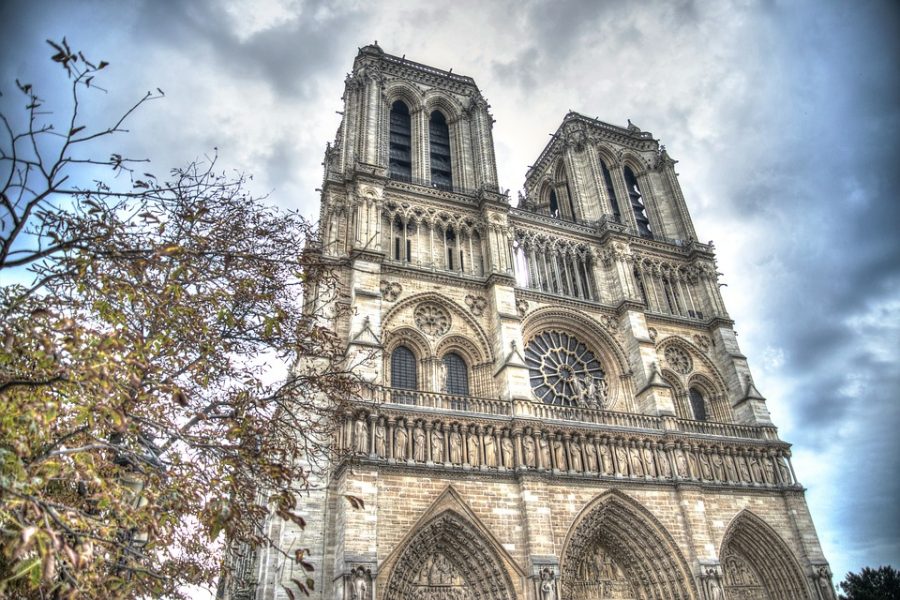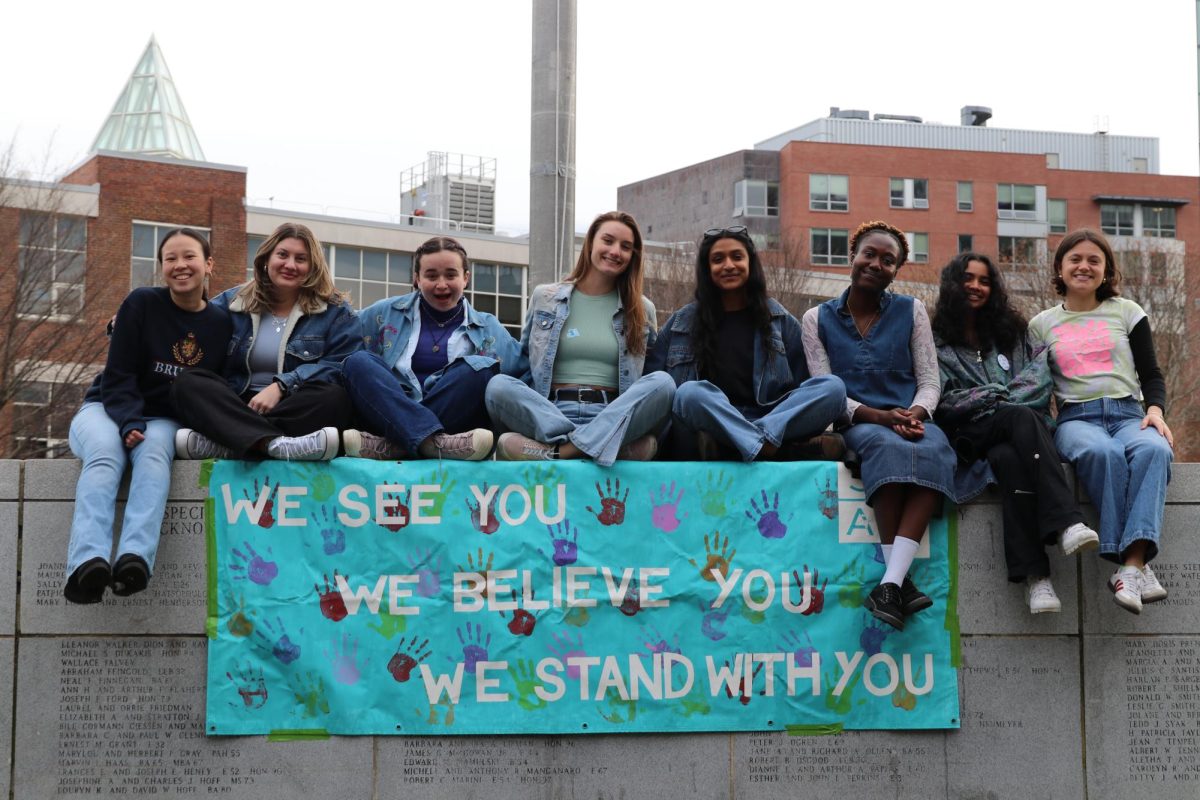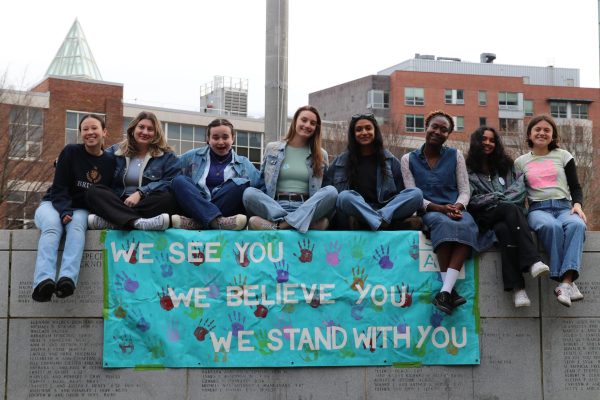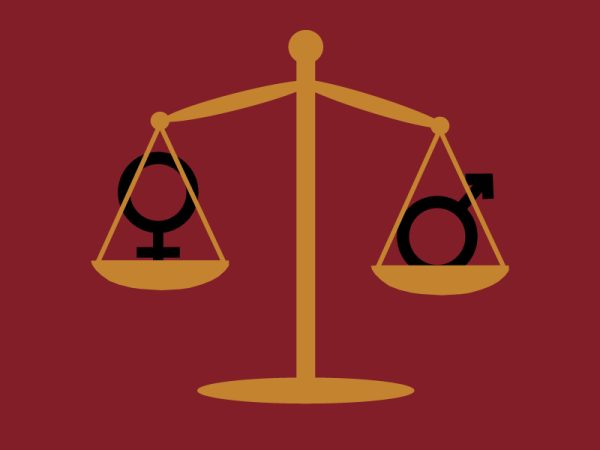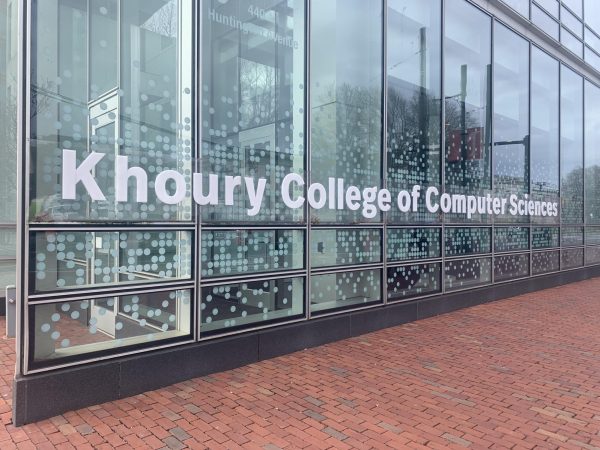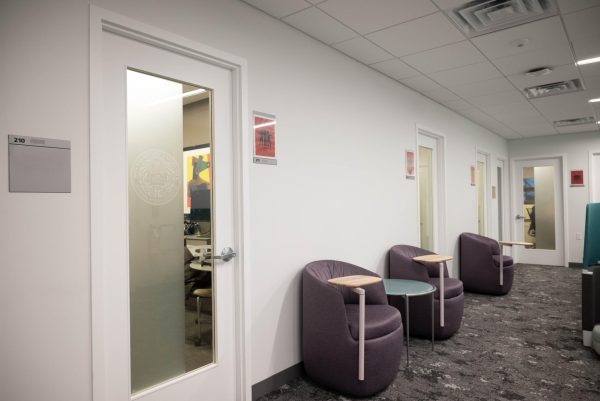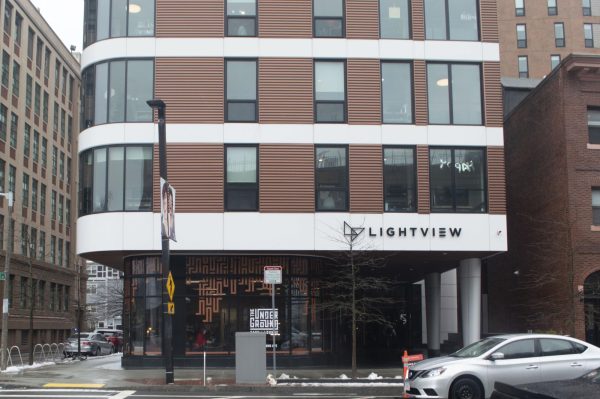Column: Calls to rebuild Notre-Dame set example of global unity
Photo Courtesy of Creative Commons
The Notre-Dame Cathedral was ravaged by a fire on Monday, but what it represents remains untouched.
April 17, 2019
At 6:43 p.m. Monday, the historic landmark, monument of faith and heart of Paris that is the Notre-Dame began to burn.
The cathedral took nearly 200 years to build after construction began in 1163. Home to many of the most important works of art and relics in Christian history, Notre-Dame is a symbol of France that has transcended political regimes and religions.
More than 850 years later, it remains the most-visited monument in the world, viewed by approximately 12 million people annually. As French President Emmanuel Macron described the cathedral on Monday: “Notre-Dame is our history, our literature, part of our psyche, the place of all our great events, our epidemics, our wars, our liberations, the epicenter of our lives.”
Nine hours and about 400 firefighters later, tireless efforts to extinguish the flames were able to salvage the main stone structure of the illustrious cathedral and its two towers, but not the roof or its iconic spire. As April 15 came to a close, dwindling embers of the blaze and billowing smoke revealed yet another tragedy for France to bear: “Our Lady of Paris” in ruins.
Around the world, people took to social media to share memories of Notre-Dame, one of more than 3,000 cathedrals in existence today. Front pages of newspapers everywhere paid tribute to the cathedral, representative of world heritage that has stood tall since the 14th century. Even for many who aren’t religious, Notre-Dame is more than a pillar of faith; it is a cultural symbol, an artistic feat, the embodiment of how faith has persevered throughout history — and the world watched, seemingly helpless, as it crumbled.
As a Christian, I find comfort and solace in places of worship. I was shocked when news of the fire broke and heartbroken by the pain captured of those at the scene. There will always be fires, but the worldwide solidarity and the sense of unshaken faith in humanity was touching to see on display. Hundreds who lined the streets in silent shock found comfort in each other — embracing strangers and kneeling together in prayer. The soft unison of “Ave Maria” traveled across the crowds of vigilant spectators.
It is not the building of wood and stone, although a masterpiece of Middle-Age Gothic architecture, that has maintained an audience over centuries — it is the value and history Notre-Dame embodies of Christianity and France. The desolation is worsened by the strength of a history battered by events like the French Revolution, two world wars and recent terrorism that has claimed the lives of more than 245 people since the Charlie Hebdo shootings in 2015.
The Notre-Dame cathedral will never be the same, despite Macron’s adamant promise to rebuild, but the underlying human virtues that led to its creation ensure it will rise again. In the New York Times, contributing opinion writer Pamela Druckerman argued that “we’ve failed, as a civilization, to be the caretakers of something priceless.”
The devastation caused by this fire will be etched in world history. But it is also human nature to rise from the ashes — or better yet, to start over and improve. The outpouring of support and financial aid to ensure the Notre-Dame is rebuilt is inspiring, but better yet, it should serve as the precedent.
When tragedy strikes, we all must come together: whether it be as a global community to save our planet from climate change or respond to humanitarian crises, or as a nation to rebuild Louisiana churches destroyed in a hate crime, make clean water accessible to Flint, Michigan or aid Puerto Rico’s recovery from Hurricane Maria. And those are just a few.
We, as a civilization, did not fail because Notre-Dame burned; the real failure will be if we cannot recreate “Our Lady of Paris” to be an equally comforting fixture for the generations to come, an edifice emblematic of the collective belief that faith and humanity remains indestructible.


